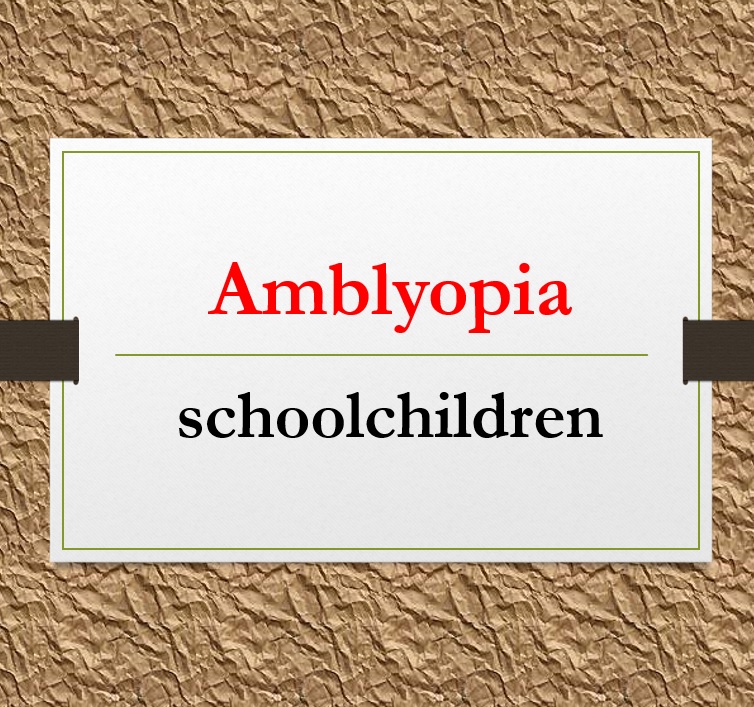The prevalence of amblyopia in 7–9-year-old schoolchildren in Mashhad
Medical hypothesis, discovery & innovation in optometry,
Vol. 2 No. 1 (2021),
16 June 2021
,
Page 18-23
https://doi.org/10.51329/mehdioptometry121
Abstract
Background: To determine the prevalence of amblyopia in schoolchildren aged 7–9 years old in Mashhad, Iran.Methods: This was a cross-sectional, community-based study with schoolchildren aged 7–9 years old. We randomly selected 20 of 189 elementary schools (three schools per district; 10 male-segregated and 10 female-segregated schools) from a proportional combination of public schools across Mashhad. Basic vision exams were performed. If amblyopia was suspected, children underwent supplementary vision exams. The diagnostic criterion for amblyopia was a best corrected visual acuity (BCVA) in one or both eyes equal to or worse than 20/40 or an interocular difference of more than two lines in BCVA without any significant organic pathology.
Results: A total of 2831 children were included in the study. All children were examined comprehensively by an optometrist, and amblyopia was detected in 49/2831 (1.7% [95% CI, 1.22?2.18]). Of the 49 children with amblyopia, 20 (40.8%) were amblyopic in the right eye, 9 (18.4%) in the left eye, and 20 (40.8%) in both eyes. Twenty-four (49%) were first graders, 15 (30.6%) were second graders, and 10 (20.4%) were third graders. The most prevalent subtype of amblyopia was anisometropic amblyopia (57.1%, [95% CI, 43.24?70.96]).
Conclusions: Considering the prevalence of amblyopia among schoolchildren aged 7–9 years old (1.7%), timely detection of amblyopia through preschool screening programs is essential for early treatment or prevention of further visual impairment during childhood.
Keywords:
- amblyopia
- prevalence
- elementary school
- preschool children
- Iran
- Mashhad
- diagnostic screening program

- Abstract Viewed: 189 times
- Full Text PDF Downloaded: 0 times